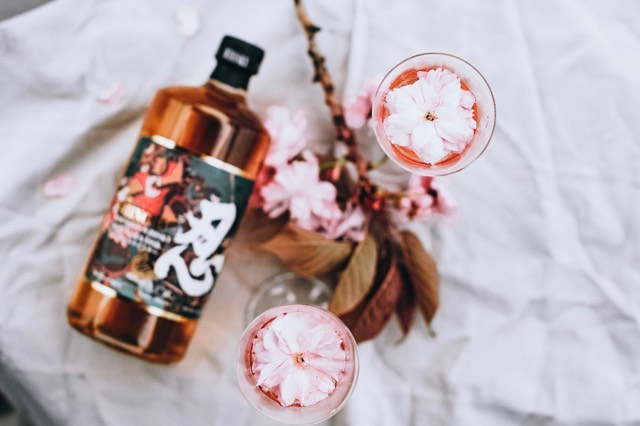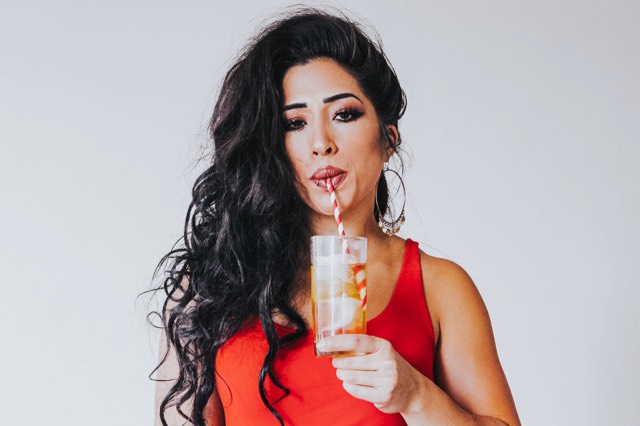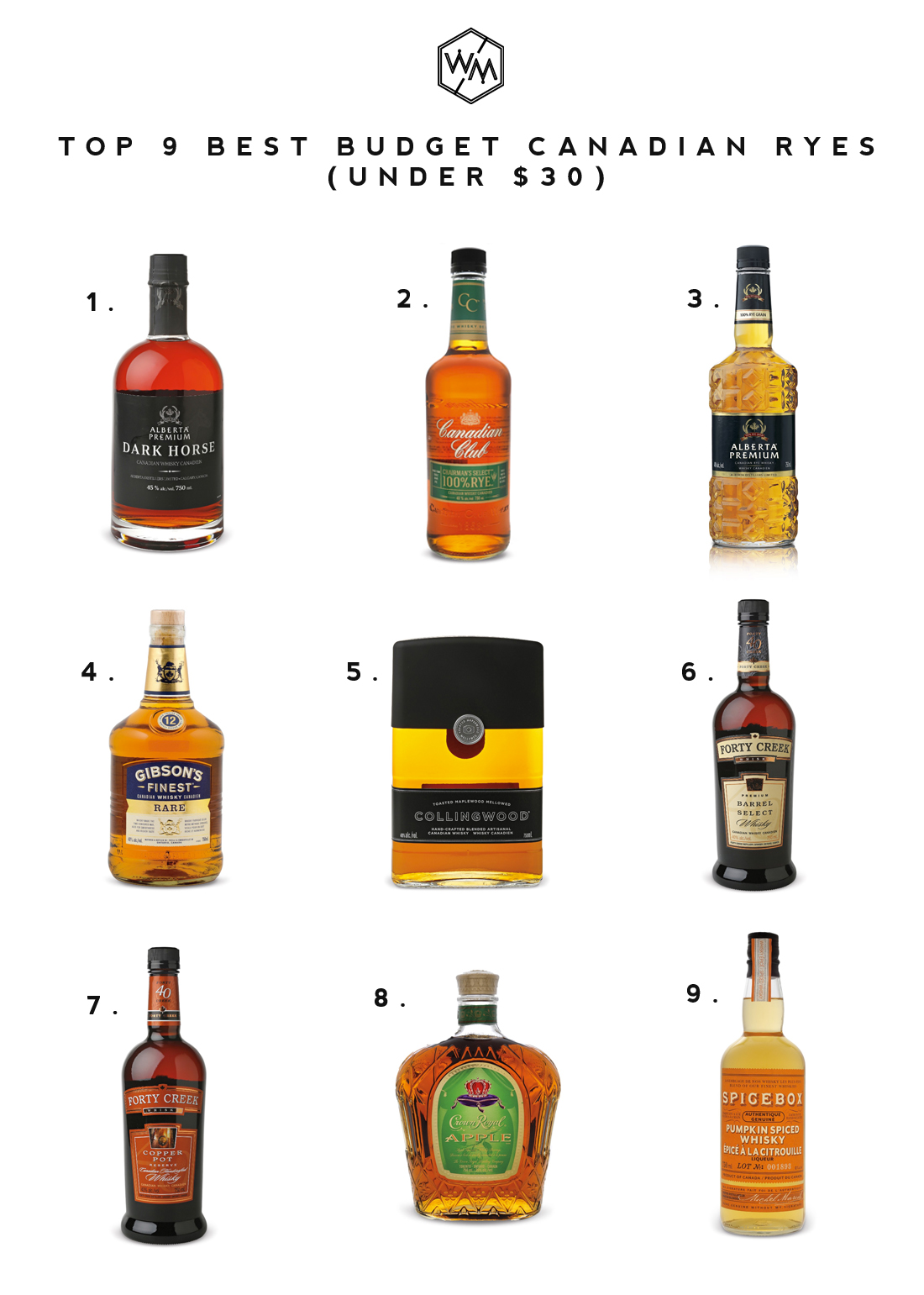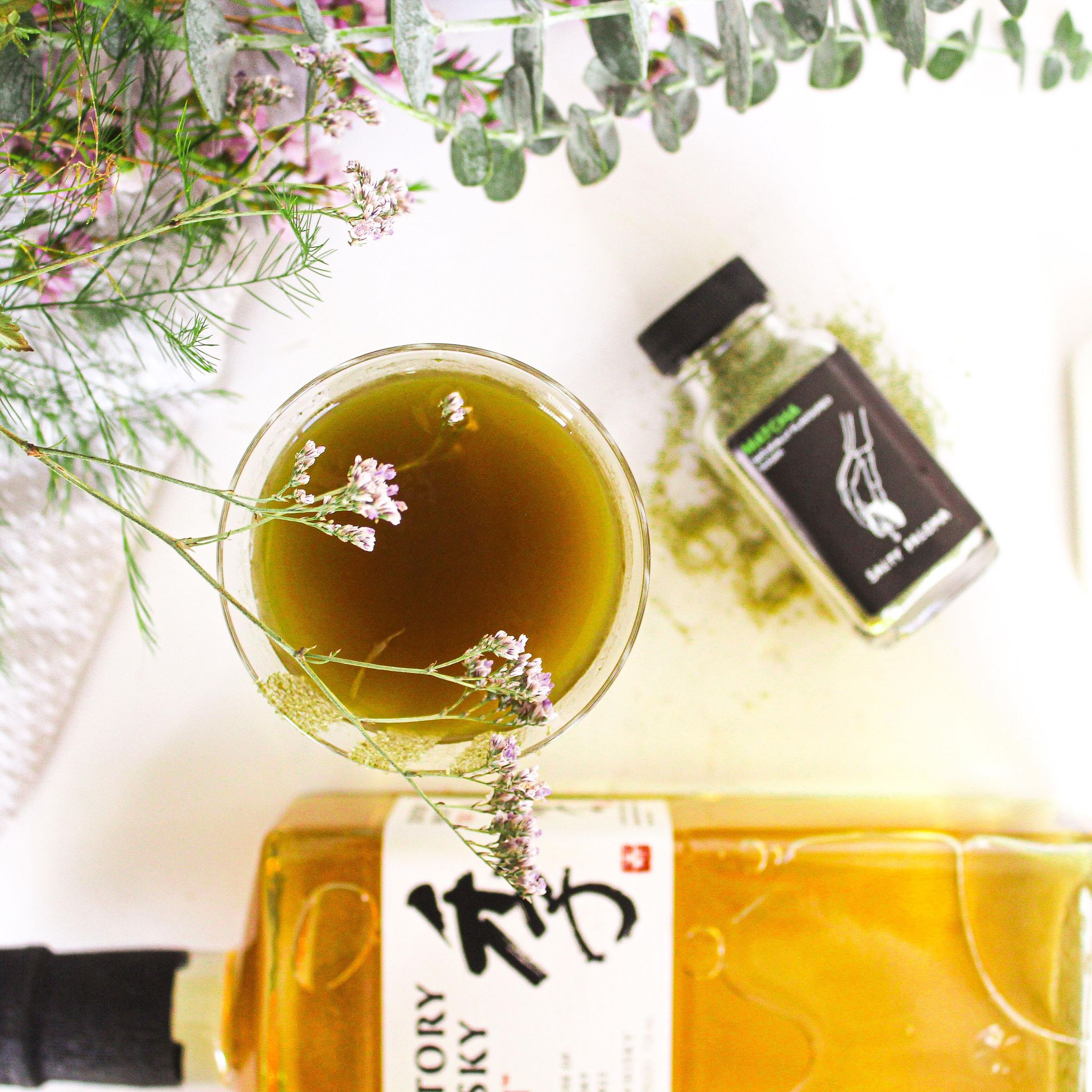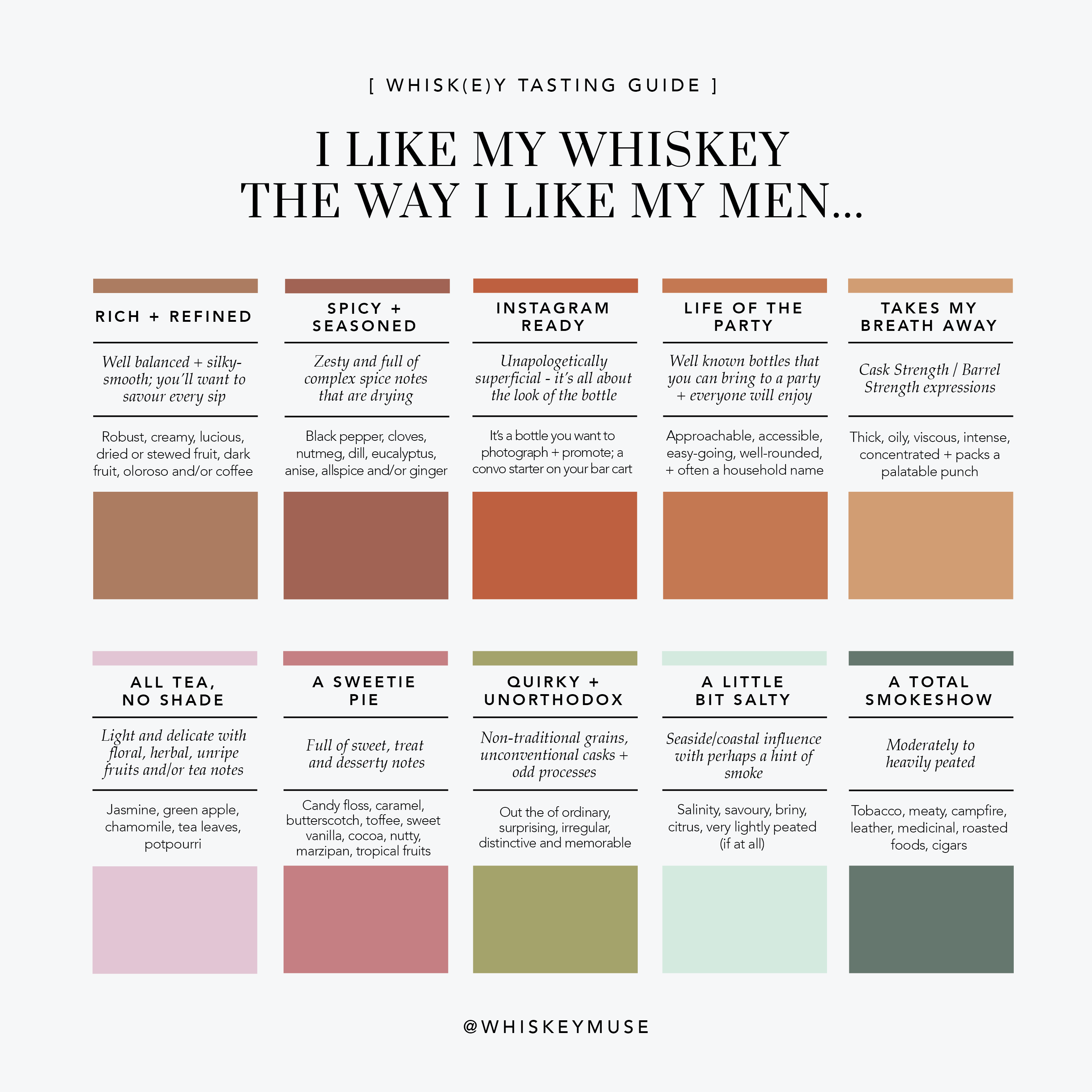Hello my tomodachi! If you’re a Japanese Whisky fan you’re in luck because today I’m going to give you the rundown on five Japanese whisky terms that you need to know.
Until perhaps a decade or so ago, Japanese whiskies have remained a delicacy enjoyed pretty much only by the Japanese. However, after a few notable nods in the whisky awards world, movies like Lost in Translation spreading interest, and just a general incline in whiskey drinking internationally, Japanese whisky has since grown to become highly desirable around the globe.
You may be surprised to here that there are only about a dozen companies, with less than a dozen active distilleries which produce the majority of Japanese whisky available abroad. If you haven’t had a chance to check out my Japanese Whisky 101 article, you’re missing out. Check it out here.
Otherwise, check out five Japanese whisky terms below:
TERM ONE: JI-WHISKY
Ji-whisky is a term that describes a whisky made from a local distillery that’s only available within that local region. So think of the term ‘ji-whisky’ as sort of equivalent to ‘craft whisky’ or ‘small batch whisky’.
In Japan, the rules governing how to make whisky are extremely relaxed and unregulated and so some of the local ji-whiskies may not be made in proper stills or even out of grain. This means that they can range from tasting like the hidden nectar of the gods all the way to swamp water. Nevertheless, if you’re in Japan, try them, because the risk will be worth the reward.
TERM TWO: PURE MALT
Back in the day the term “pure malt” was used not just in Japan but also in Scotland and Ireland however, in those two countries, they redefined the term. However, in Japan a “pure malt” describes a whisky that is made from 100% malted barley. This can come from one distillery or many distilleries. So technically single malts or blended malts or a combination of both can be labelled as pure malts in Japan.
Whether you’re drinking a Ji-Whisky or Pure Malt, they need to be aged in wood in order to be considered whisky.
TERM THREE: MIZUNARA CASK
Typically made from quercus mongolica, or Mongolian Oak, this is a type of oak indigenous to Asia and in particular Japan, China, Mongolia and Siberia. While it is in the same family as American Oak (quercus alba) and European Oak (quercus petraea / quercus robur), Mizunara Oak is very soft and porous which makes it not ideal for barrel making. Therefore, some Japanese whiskies (and even whiskies from other countries) will just finish their product for few months in Mizunara Casks to give the whisky deeper flavours of vanilla, honey, floral, blossoms, coconut, incense, and scandalwood. But they can’t leave it for too long because the barrels have the potential to leak!
You likely won’t see many whiskies aged in Mizunara Oak as it is more likely to leak and it does not grow straight. It takes 200 years to mature versus the 80–120 years it takes for other types of oak which means it is extremely expensive.
TERM FOUR: MIZUWARI
Mizuwari means “mixed with water” and this is a common way to drink whisky. It’s pretty standard for the ratio to be two parts water to one part whisky.
TERM FIVE: HAIBORU
This is the Japanese term for “highball”, when someone orders a “haiboru” it means a whisky and soda. Highballs are extremely popular in Japan with them even being available in canned form at convenience stores.
To recap we have, ji-whiskies, pure malts, mizunara casks, mizuwari, and haiborus. I would love to know in the comments below which Japanese whiskies are your favourites to sip on and how you like them served.

